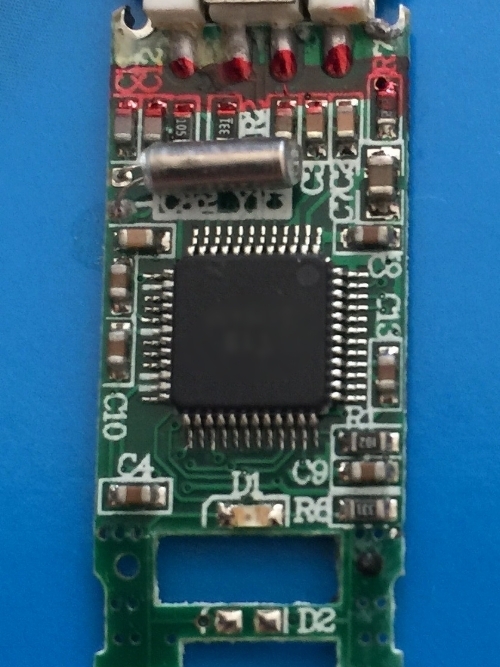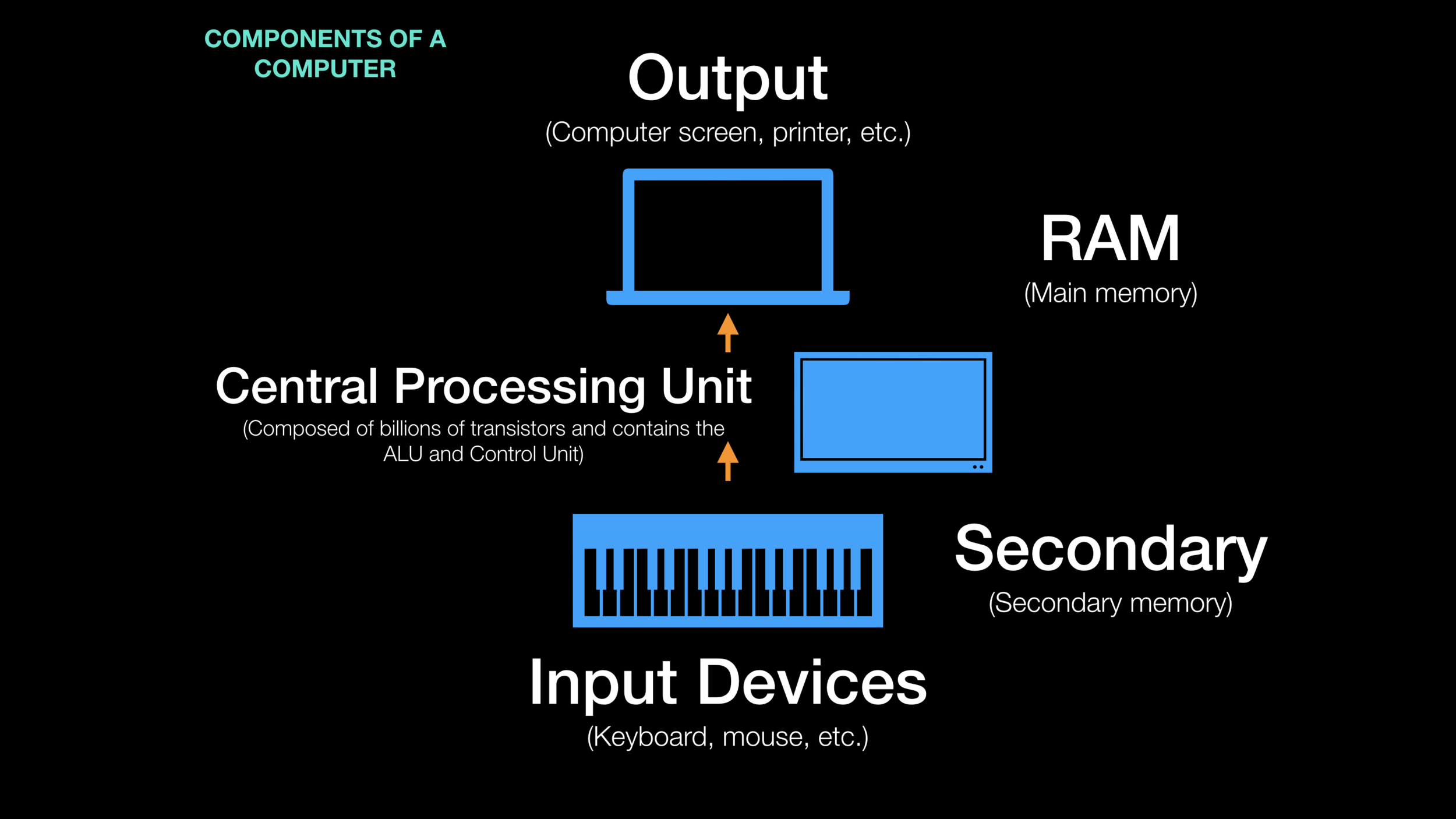What Are the Main Parts of a Computer?
Books are available on Amazon
“Ten Things Your Child Should Know” and more:
One of the things that can help us teach our children more about computers, and how they work, is simply talking about them with our children. We don’t have to wait for schools to educate our children, we can have conversations at home that reinforce the idea that computers are important and fun and that they can be an active part of the future.
If your child is introduced to computer science, typically he or she is given an overview of the main parts of a computer—from a very high level, at first.
Instead of waiting for schools to introduce these high-level concepts, simply have this conversation with your child, yourself.
There are five major component areas within a computer’s system.
The main part of any computer is the central processing unit or CPU.
The CPU does all of the operations and calculations that make a computer run. It is made up of a control unit and an arithmetic and logic unit (ALU). The control unit does just that, it controls which instruction is carried out next.
The arithmetic and logic unit performs mathematical calculations that allow the computer to execute many programs.
The process generally works like this:
the computer receives some input from an input device such as a keyboard (i.e., a stroke),
that input, or instruction, is processed through the central processing unit, very quickly, and
some output is displayed on a screen or sent to a printer, etc.
That’s it. Input is received, it is processed, and output is generated.
RAM (or random access memory) is called the main memory because it is available and quicker—it allows the computer to randomly access data and “appear” to be doing many things at one time, when in reality a computer processes one thing at a time (it is just able to process billions and billions of things in one second through its CPU).
RAM needs electricity to operate and therefore it typically goes away when the computer is shut off. It is called volatile memory.
Secondary memory is the computer’s permanent memory and it allows a person to save files and information on the hard drive. It does not go away when a computer is shut off, therefore your file is still there when you turn your computer back on. It is not volatile.
That’s it! Those are some simple terms and concepts you can use to teach your child, overall, about how computers work.
© 2017 Danita Smith, Red and Black Ink, LLC.


